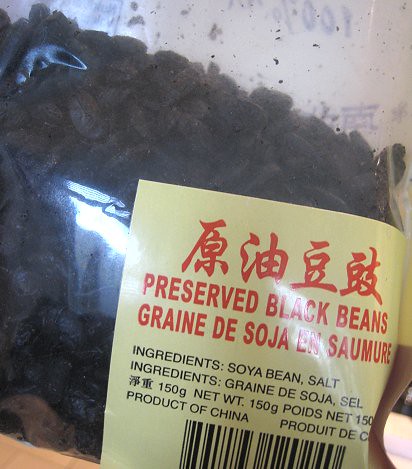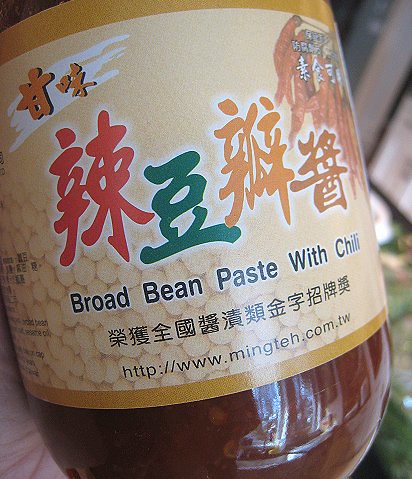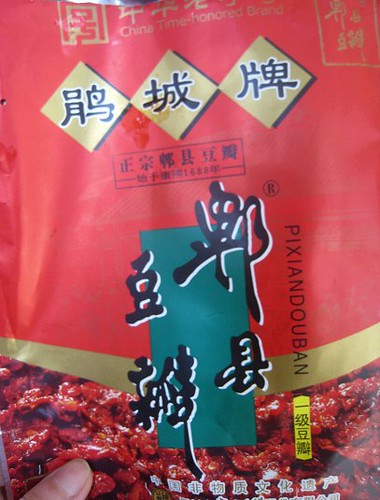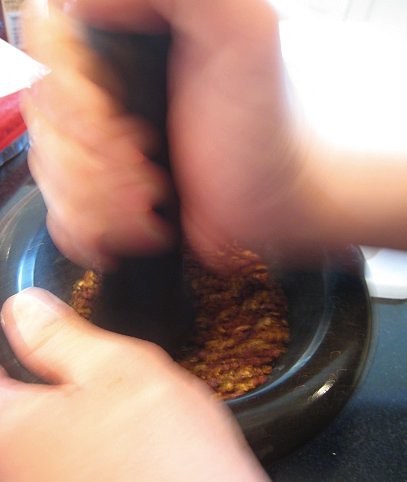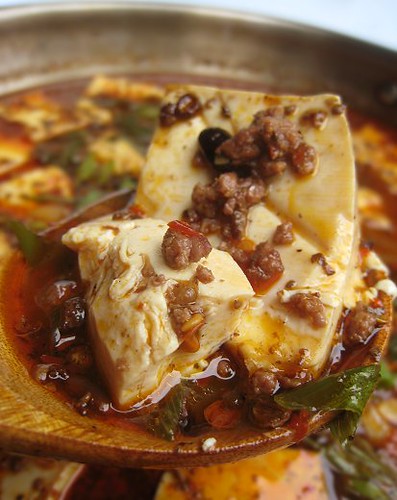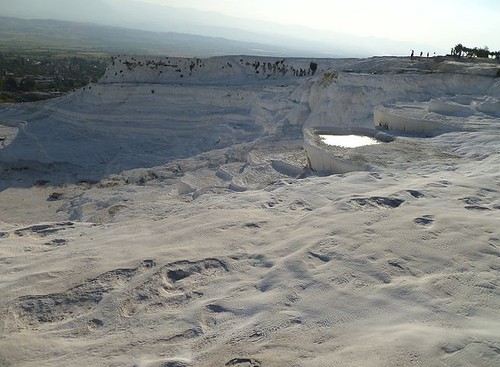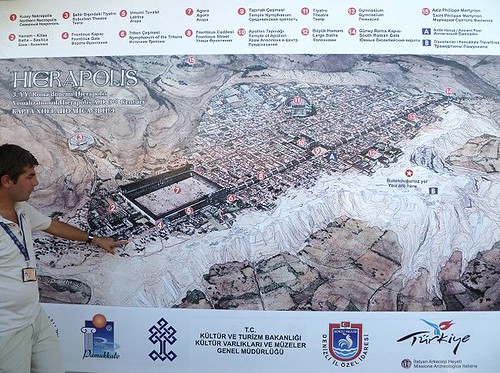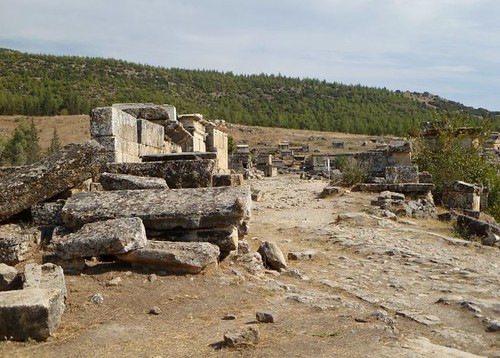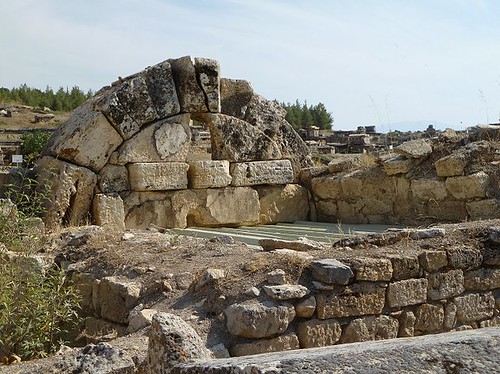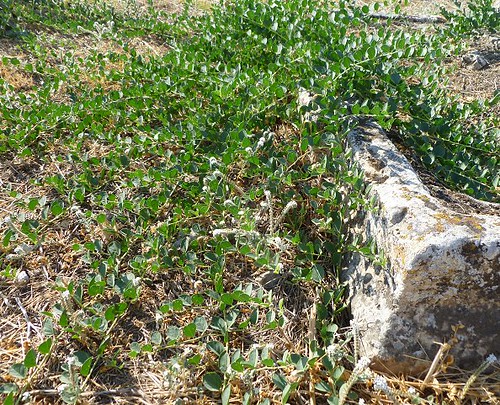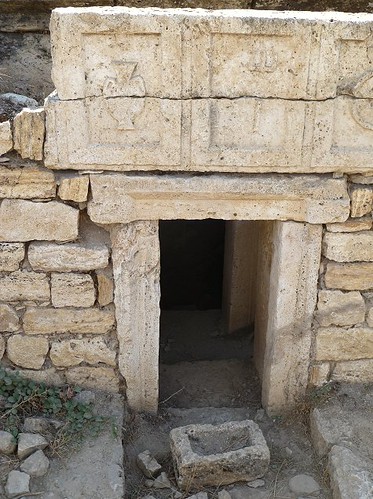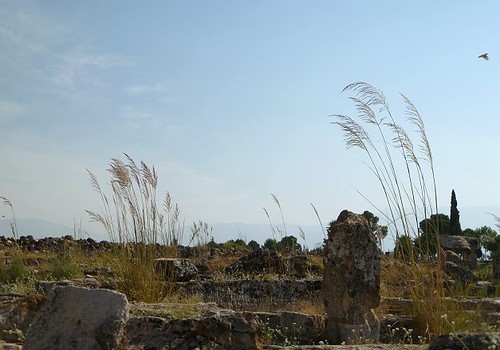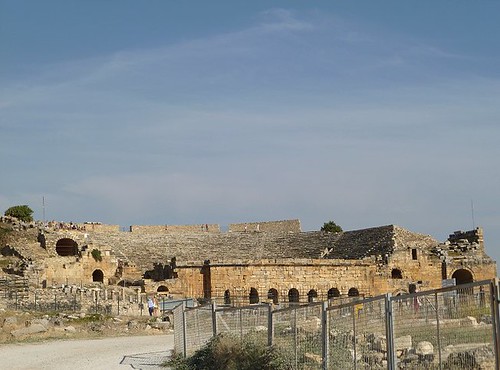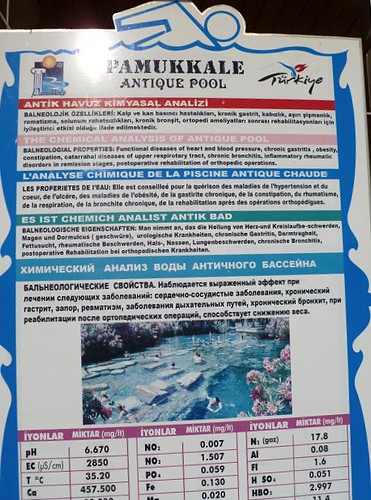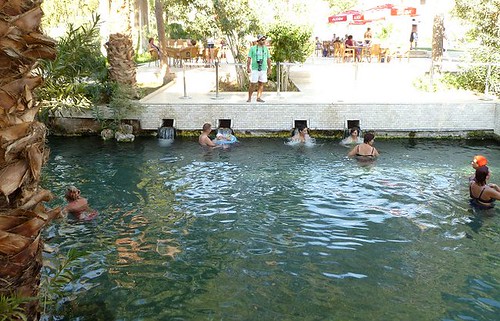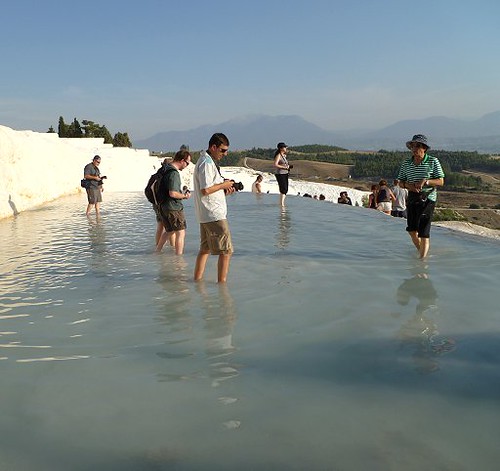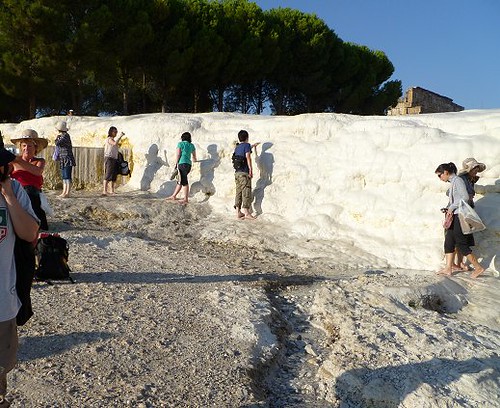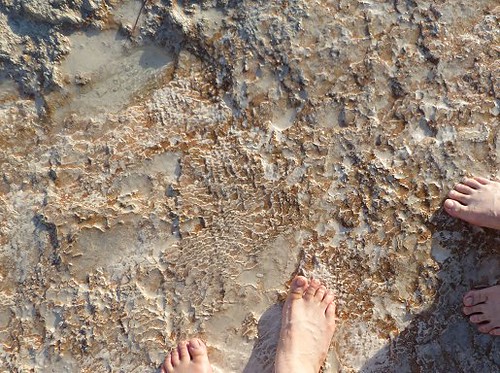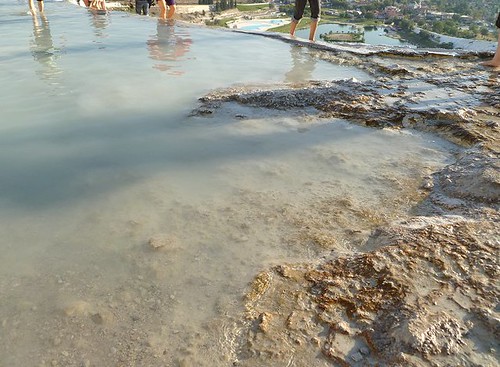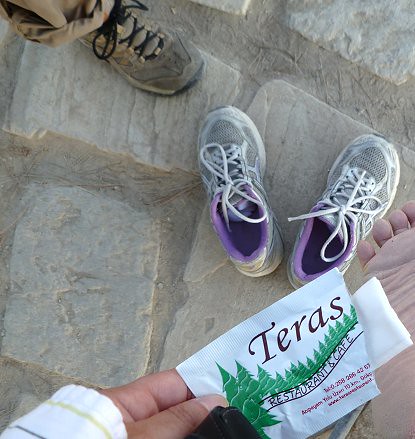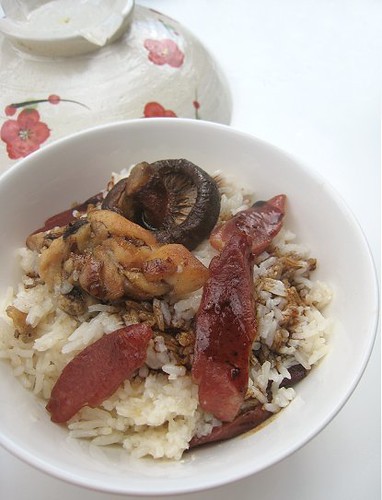
TS:
A while back, while we were trying our hand at a few Cantonese dishes, we tried our hand at this one.
I am not sure if this is "Cantonese" per se, but we definitely see claypot rice dishes on the menu in Cantonese restaurants. I'm guessing that it's a Southern Chinese thing.
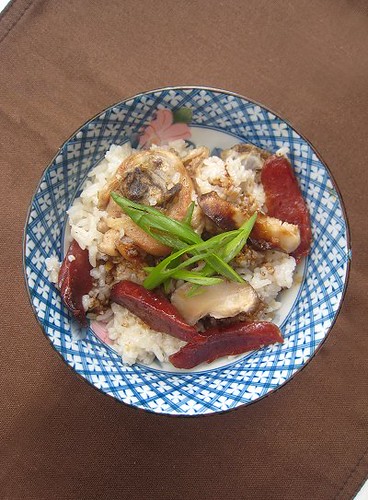
TS:
Claypot rice is another one of those "easy" dishes by which we are baffled. We just assume there are all sorts of secret techniques to which we are not privy.
Wikipedia: Claypot Chicken Rice
JS:
We just have no idea how claypots actually work.

JS:
From my mother's stories, she claims to have used claypots quite frequently back in the day. She claims that some dishes actually taste better when cooked in a claypot rather than in a metal pot.
How memory goes when time flies -- when we ask our mother how to use the claypot, she seems to have forgotten how the entire process works. So, we were left to our own devices, to figure out how to use the claypot that we bought.

JS:
I also have no idea if the claypot we bought was actually a good piece of equipment: being the cheapskate that I am, I of course looked for a claypot that has a "reasonable" price point. In the back of my mind, I realized that this budget-seeking impulse could lead to my downfall.
TS:
But, let's not get ahead of ourselves. Time to get cookin'.
Chicken, Chinese Sausage, Mushrooms
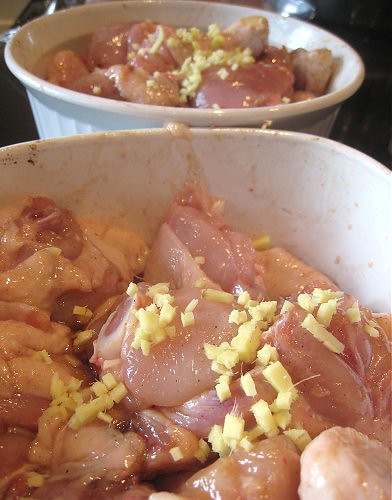
TS:
First, we marinated the chicken in a little soy sauce, Shaoxing wine, sesame oil, cornstarch and minced ginger. Well, the ginger is supposed to be minced, but as you can see, we got a little lazy in the mincing department.
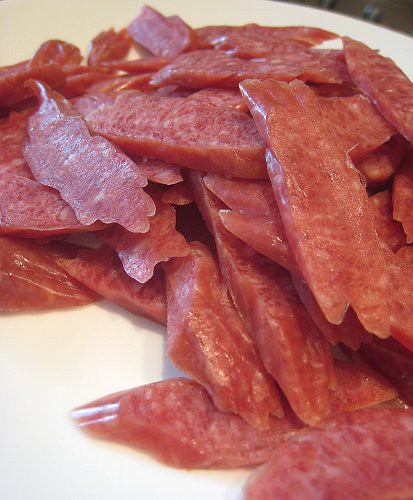
TS:
Claypot rice dishes are generally simple, so besides the chicken, we only had two other components: Chinese sausage (lap cheung) and mushroom.
JS:
An easy "rice" dish we sometimes make is Chinese sausage rice, which involves cutting up the Chinese sausage into small pieces and putting them into the rice cooker with uncooked rice and water.
The result is delicious, with the Chinese sausage "juices" infusing the rice.
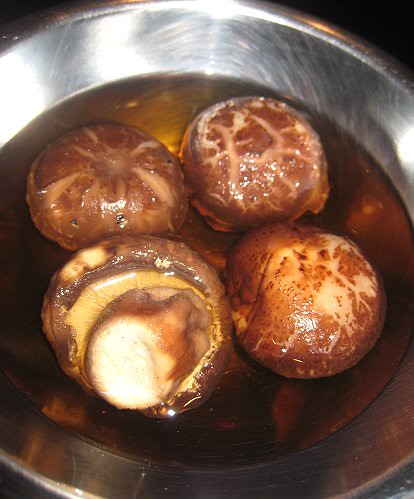
TS:
We reconstituted dried shiitake mushrooms until they were like fresh again. We also used the liquid for cooking the rice for extra mushroom flavor.
The Claypot
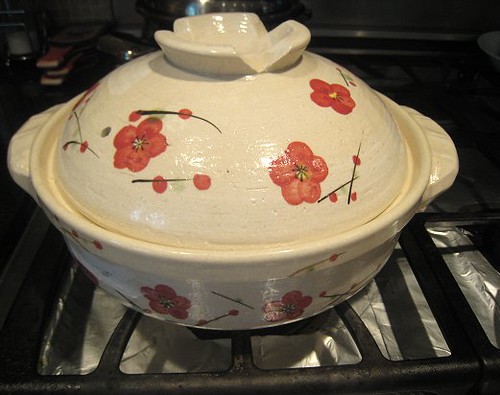
TS:
There it is, the mysterious claypot.
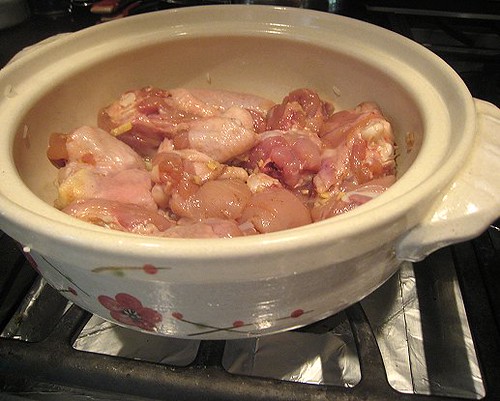
TS:
We figured we'd have to pre-cook the chicken somewhat, so we cooked them in the claypot for a little bit (not cooked all through).
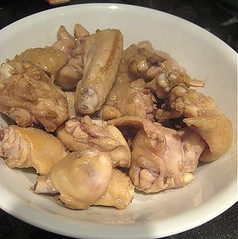
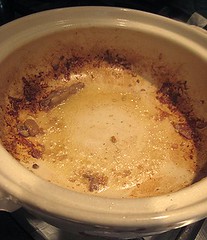
TS:
The chicken set aside and the claypot all crusty with good chicken bits...
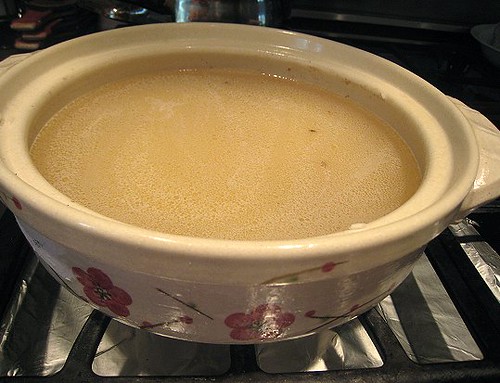
TS:
...we added the rice and water into the pot. Um, I guess we should dump everything else into the pot too. In went the chicken, mushrooms and Chinese sausage. We simmered this for quite a while until the rice was cooked.
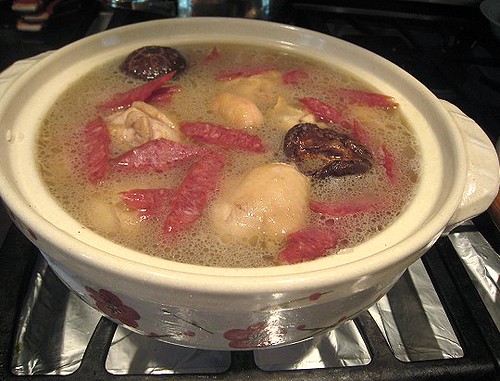
JS:
Of course, I thought, in the way lazy people think, why not just put the chicken pieces, the Chinese sausage, mushrooms in the rice cooker to cook?
I guess it wouldn't be chicken CLAYPOT rice if I did that.
TS:
Whoa, that claypot is getting a tad too full. Why do we always end up with a lot of food?
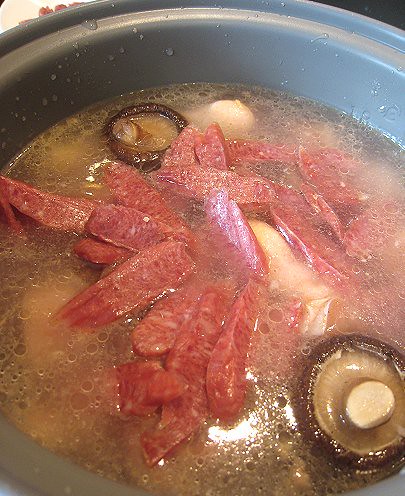
TS:
So guess what? Since we had a lot of chicken rice to make, we did end up cooking the rest in the rice cooker! We plopped the ingredients in the rice cooker and pressed the button to "cook". Easy. Definitely not a mystery.
The Sauce, another mystery
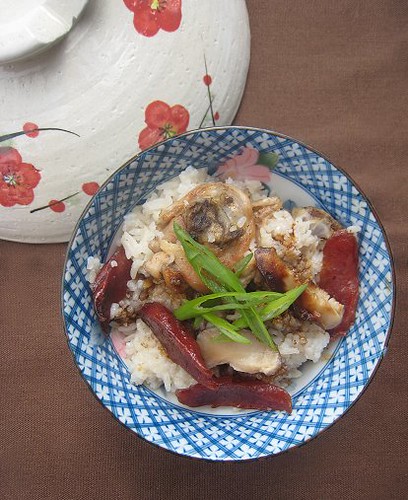
TS:
Ah, but here's yet another one. When we order claypot rice in Cantonese restaurants, it is always accompanied by a sauce, served in a separate dish, that is then poured into the claypot.
For the life of me, I have no idea what this "mystery" sauce is!
It is definitely not just soy sauce!
So, we tried to make something up. We started with premium dark soy sauce; it is not very salty at all, but very luxurious. It was a bit too much by itself. So, we added some chicken stock, then seasoned with Shaoxing wine, sugar and five-spice. This was heated on the stove for a bit.
The Claypot Cracked!
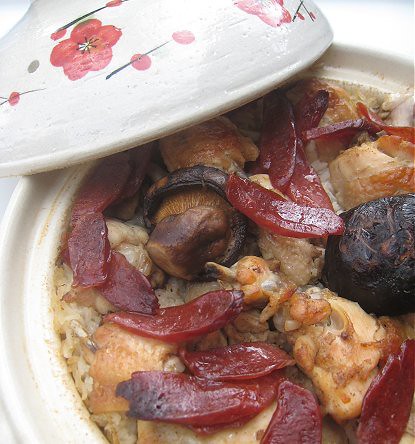
TS:
A mini disaster occurred during the making of this dish, though. We discovered a crack in our claypot while the rice was cooking!
Of course, JS believes that the "cheap" claypot we bought was defective. But, after finally reading about claypots and how to use them --
and by "finally", I mean that I have just finished reading this important information right now while writing this post and not six months ago when we were actually using the claypot --
I believe we made the error of using high heat when we were "pre-cooking" our chicken. So, don't make the mistake we did. Read about how to actually use claypots before using one.
About.com: How to Cook with a Claypot
Chinese Clay Pot Cooking is Magic
I guess we just need to wait for another sale on claypots and get ourselves another one!
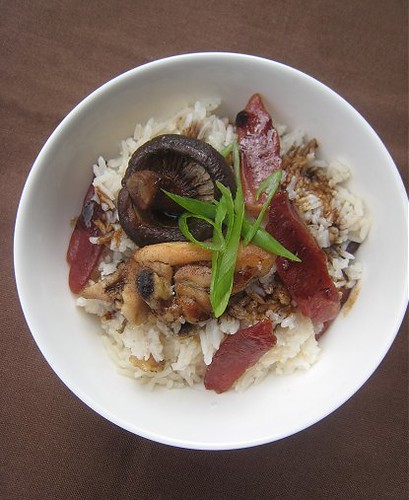
TS:
Mini-disaster aside, our claypot rice was nice enough. The rice had turned quite brown on the bottom and on the sides of the claypot. We poured our mystery sauce over the rice and tasted the dish.
By golly, it seemed like it was close to restaurant claypot rice. Well, OK, I wouldn't go that far. ;)
But, it was still very tasty and the mystery sauce was a little reminiscent of the sauce served in the restaurants.
A success, in its own way.
We consider this our starter claypot rice. As you can imagine, the possibilities for claypot rice are endless!
eatingclub Hong Kong/Cantonese
Chicken Chow Mein
Cantonese Braised Beef Brisket, Two Ways
Lobster Congee from a Lobster Feast
Chinese Roast Pork Belly
Gailan (Chinese Broccoli) with Oyster Sauce, Two Ways
Chinese Pork Bone Soup with Carrots and Water Chestnuts
Hong Kong-style Curry Cuttlefish
Dimsum Seafood Trio: Black Pearl Prawn Toast, Scallop in Nest, Jewelled Rice Cup
Hong Kong-style Singapore Noodles (星洲炒米)
Hong Kong-style Stir-fried Water Spinach with Shrimp Paste (蝦醬通菜)
Hong Kong-style Stir-fried Rice Noodle with Beef (乾炒牛河)
Sweet and Sour Pork
Hong Kong-style Curry Beef Brisket (咖喱牛腩), 1st Attempt
Claypot Chicken Rice (瓦煲雞飯)
Enjoyed this post? Why not subscribe to our blog? Subscribe via reader or subscribe via email. Thank you! |
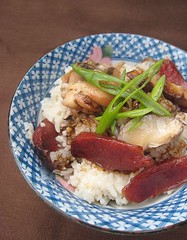 Recipe
RecipeChicken Claypot Rice
Serves 4 to 6
2 chicken legs and thighs, cut into pieces
2 chicken wings (optional)
1 teaspoon soy sauce
1 teaspoon Shaoxing wine
1 teaspoon sesame oil
1 teaspoon minced ginger
1 teaspoon cornstarch
2-3 pieces dried shiitake mushrooms, reconstituted in hot water
1-2 pieces Chinese sausage
3 cups rice
4 cups water
"Pouring Sauce"
1/2 cup dark soy sauce
1 1/2 tablespoons sugar
1/2 teaspoon five-spice powder
2 teaspoons Shaoxing wine
1/4 cup chicken stock
Marinate chicken in soy sauce, Shaoxing wine, sesame oil, minced ginger and cornstarch. Let sit for about 1 hour or so.
When you have about 10 minutes of marinating to go, place claypot on the stove and heat on the lowest setting.
Meanwhile, slice Chinese sausages and reconstituted mushrooms.
Heat oil in a wok or sauté pan over high heat, then add chicken pieces and cook until exterior turns color (no longer pink); they don't need to be browned. Set aside. Add rice to the wok and stir a few time, cooking for about 30 seconds to a minute.
Add the rice and water to the claypot. Turn the heat slightly higher, to medium-low or medium. Add the chicken, sliced Chinese sausages and sliced mushrooms to the claypot as well. When the mixture starts to bubble, cover and use the lowest heat setting.
Cook for about 45 minutes to an hour, checking every so often.
While the rice is cooking, make the pouring sauce. Combine all the ingredients for the sauce in a small pot. Heat until barely boiling. Set aside.
When the rice and chicken are cooked, turn off heat. Serve your dish in the claypot with the pouring sauce on the side. You can pour the sauce into the claypot or have each person pour the sauce into his/her individual serving. Enjoy!
Rasa Malaysia also made Claypot Chicken Rice with both a claypot and a ricecooker:
Claypot Chicken Rice
Claypot Chicken Rice (without Claypot)






